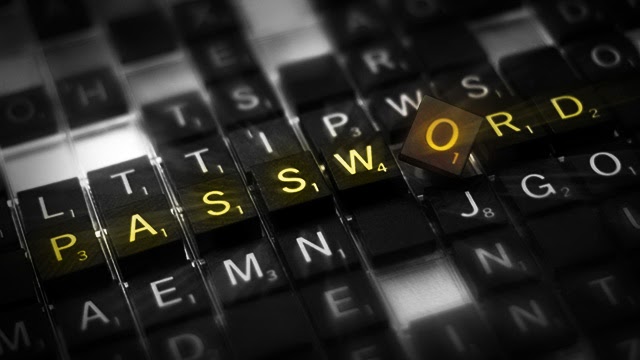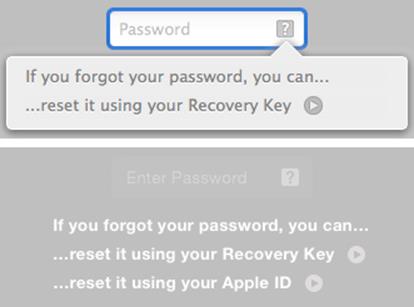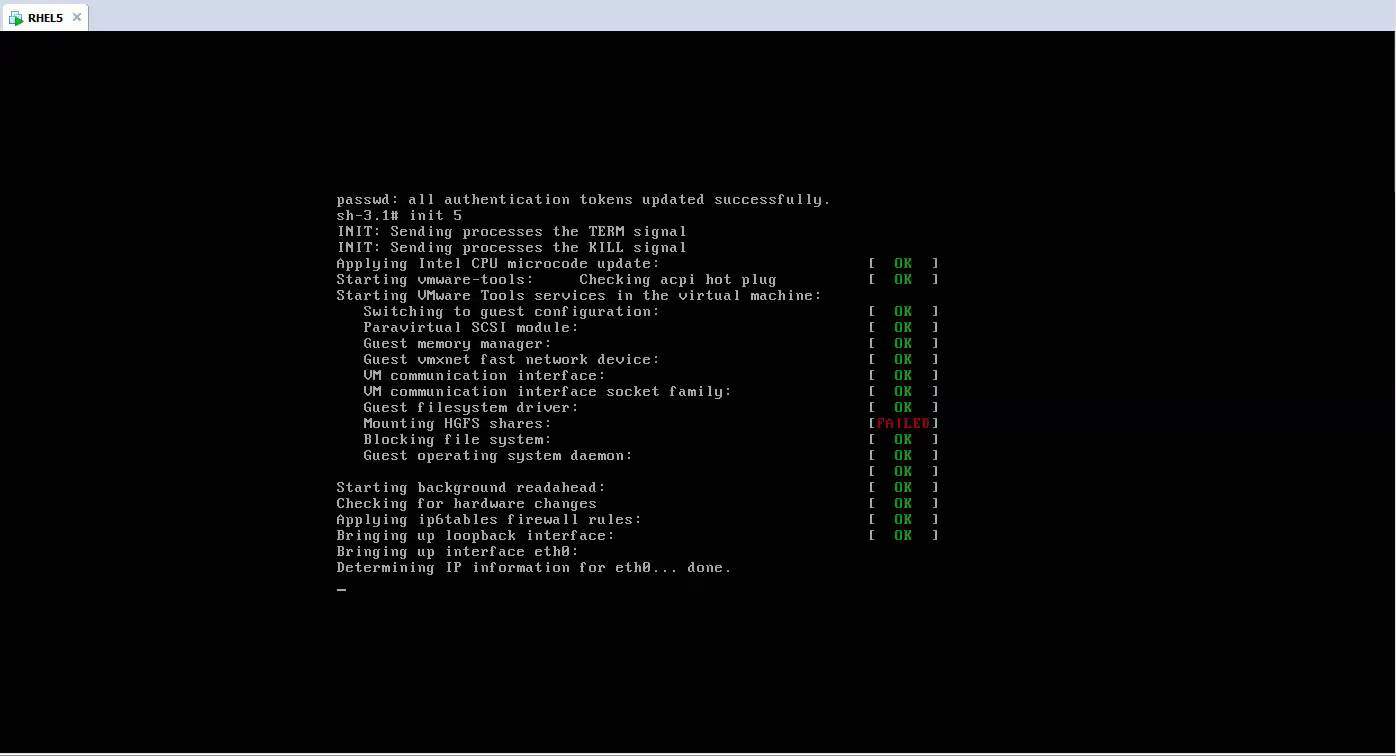

#CHANGE MAC PASSWORD SINGLE USER MODE FULL#
Full disk encryption will surely prevent access to the configuration files. This way is suitable only for personal devices but complements the above-mentioned methods with very strong protection. GRUBĭisable generation of recovery mode menu entries and lock down boot-loader to require authentication before accessing command line. It is a weak protection but an important one, as circumventing it will surely draw an attention.
#CHANGE MAC PASSWORD SINGLE USER MODE HOW TO#
How to protect against such attacks? BIOSĭisable boot from external devices and lock boot device to the used one. So, according to the above statement you can get around this protection mechanism and boot into single-user mode to access root shell without password by specifying init option in the kernel parameters list. You can modify default behavior and specify your own command run as init process as long as you can define kernel parameters. You can change it to shell interpreter if you do not want to enter password. You can verify this behavior manually by opening /etc/inittab file and looking for single-user runlevel definition.

It is protected by using sulogin utility which is invoked by init process when system goes into single-user mode. Press CTRL-X or F10 while still in edit mode to continue boot process.Add single keyword (alternatively you can use -s or S) to the Linux kernel parameters list.In case the Recovery mode menu entry is not available, you need to perform five simple steps in order to modify kernel parameters list. To boot into this mode you need to turn on computer, access GRUB menu and select Recovery mode entry. How to access single-user mode?ĭefault Debian configuration will require password before executing single-user mode and this is a standard behavior found in today’s Linux distributions. Then you can modify kernel parameters to boot system into single-user mode which is just a single superuser maintenance/recovery mode with all services disabled. To access root shell without password you need to have physical access to the machine. It was an easy and straightforward task, but, as there are some interesting pitfalls, I will describe the whole process of acquiring root shell without password using single-user mode and a couple of ways to prevent it. If so, please get solutions in this post: I Forgot My Mac Computer Password.Recently I was asked to reset root password on some long forgotten Debian box. If you forget the password, things will become a little tricky. You need to have the password firmly in mind. Next time you have to type the correct password for this user account to log in to your Mac computer. Type your old password (leave it blank if you have never set it yet), and your new password, and then click the “Change Password” button to save the changes. Step 4: A small dialog pops up asking you to enter your password. Step 3: On the Users & Groups window, select the user on the left-side pane, for which you want to set or change password, and then click the “Change Password” button.

Step 2: After the System Preferences application opens, click Users & Groups. Step 1: Click the System Preferences icon on the Dock. How to create or change user login password on Mac So in this page I will show you how to create or change user login password on Mac. But if you are a Mac novice, you might not know how to do that. It’s a very easy task to set or change user login password on Mac.


 0 kommentar(er)
0 kommentar(er)
